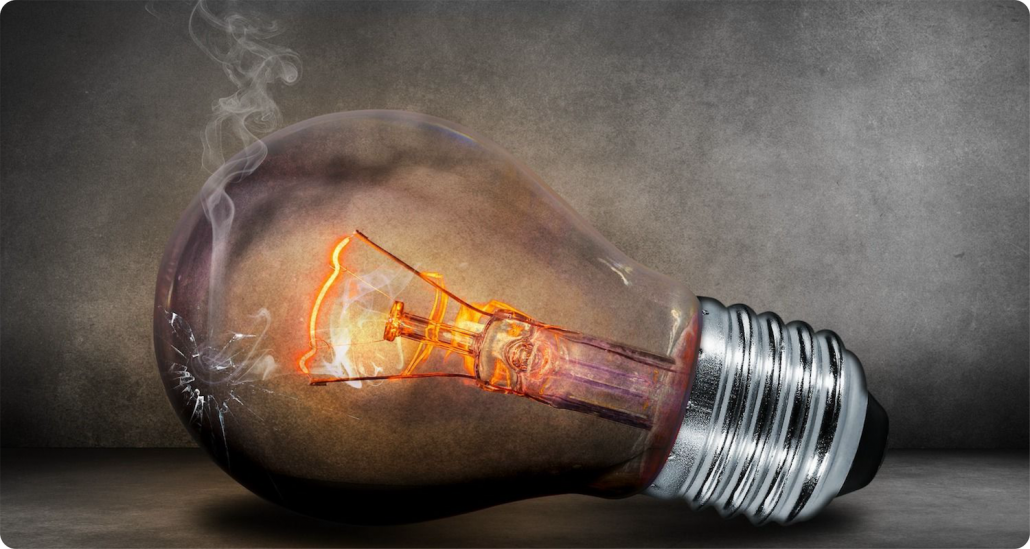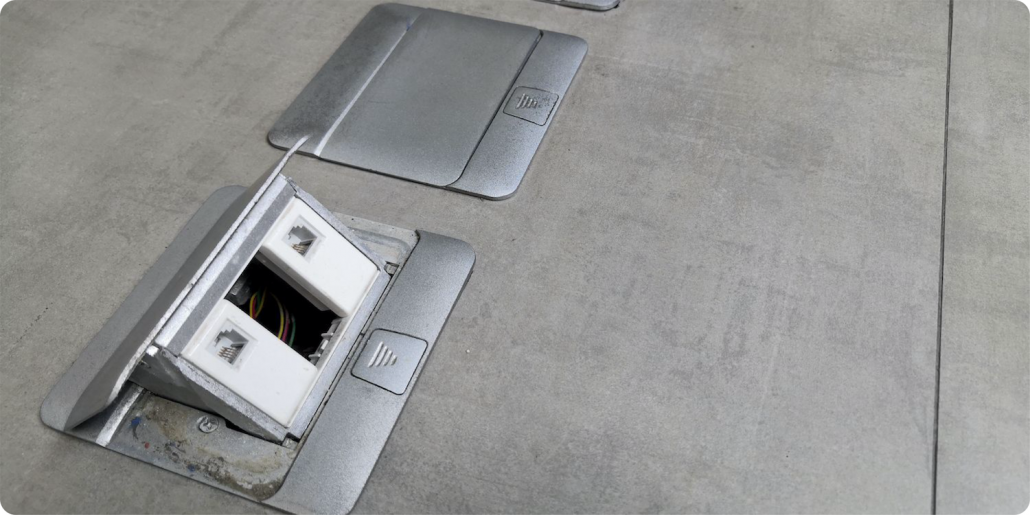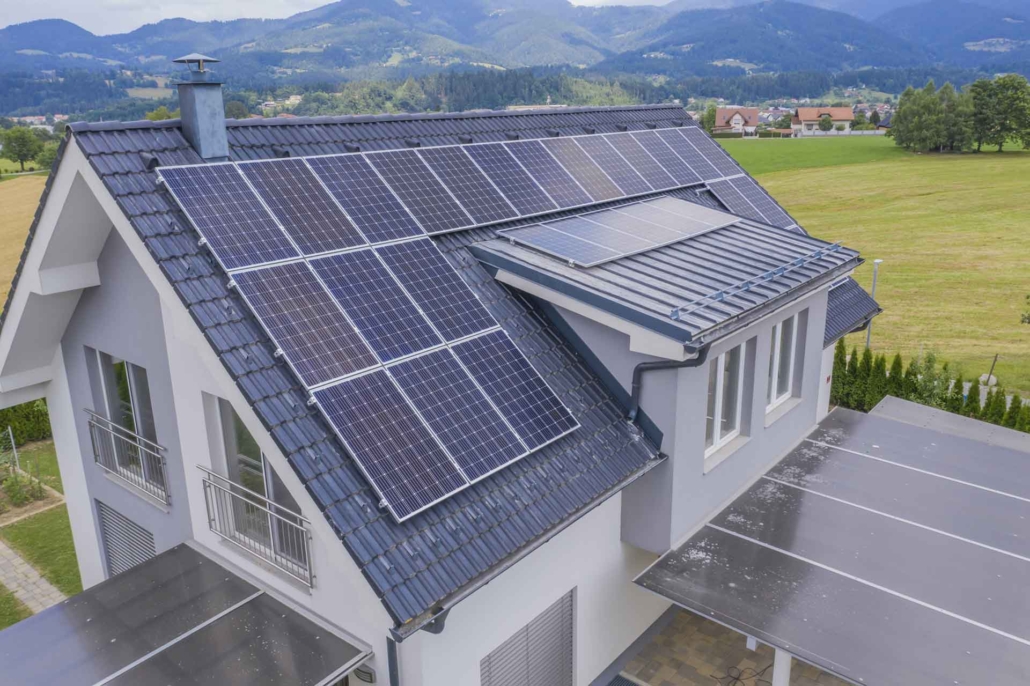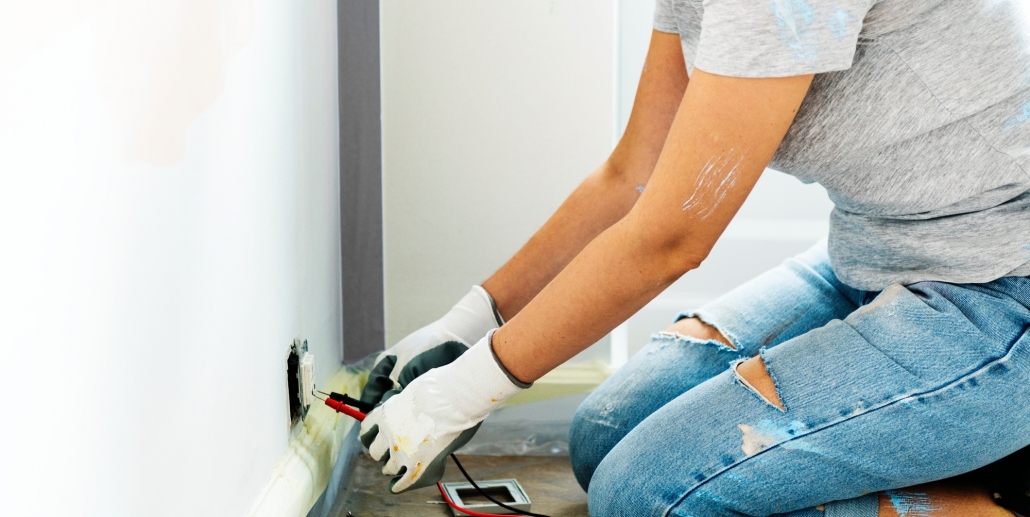July 20, 2020 | Cristina Dinulescu
Your house electrical system is one of the most important components of the property, and whilst it’s always a good idea to leave any electrical work to the hands of professionals, knowing the anatomy of your electrical panel box can come in handy. After all, a suitable, properly functioning circuit breaker box can protect your house and your family from an electrical fire.
What is An Electrical Panel?
An electrical panel box goes by several names, including breaker box, load center, breaker panel, and service panel. Regardless, the typical electrical panel for a home is a steel box that’s mounted on a wall in the garage, basement or laundry room. It contains multiple circuit breakers, usually in two columns, all of which are wired to the circuits that distribute electricity throughout the house.
There are many types of breaker boxes, and sometimes a house might need a particular panel that meets local codes or applications. However, check out below the most common types of electrical panel boxes and how they differ from each other.
- Main Breaker Panels – as the name says, these have a main breaker that’s built-in and can be used to shut down electricity entirely. The main breaker has the ability to limit the amount of power coming from outside through a large two-pole circuit breaker, therefore protecting the circuits.
- Lug Panels – these don’t have a main breaker, but an electrical connector, also called a lug, that all line wires run to. Because there’s no main breaker, this type of panel needs a separate disconnect, preferably at the meter, as this is usually outside the house.
- Sub-Panels – these are smaller breaker boxes and typically service a particular area of the house. If you have a greenhouse or workshop for instance, or a big electricity user such as a hot tub and sauna, then a sub-panel that only services that are and that’s conveniently located nearby is a good thing to have.
- Transfer Switches – these are sub-panels as well, and they’re used to transfer power from a portable generator (alternative power) into electrical power through the breaker box. These are especially useful in areas where storms are common.
Anatomy of Circuit Breaker Box
The main breaker panels are made of circuit breakers, wires, bus bars, and sometimes expansion slots. Electricity comes into your home through the power lines that connect to the electrical box.
Circuit Breakers
Circuit breakers are the many switches you’ll be able to see when opening the breaker box. Their main purpose is to protect the circuit by shutting off power when an electricity surge is identified. They act as safety devices.
The most common types of circuit breakers are the single pole ones. These can be 15 or 20 Amp, and can handle 120 volts of power and are either 15 or 20 amps. There are some double pole breakers, which resemble two single breakers stuck together. These are meant to handle higher power, 240 volts, and can range anywhere between 15 and 125 amps. It’s best to connect these to large appliances, such as the refrigerator, the stove, the water heater or clothes dryer.
Last, but not least, there are extra protection breakers, which safeguard against fire and electrocution. These are Arc Fault Circuit Interrupters or AFCIs and, respectively, Ground Fault Circuit Interrupters or GFCIs.
Hot Bus Bars
The hot bus bars, also called charged bars, are located inside the electrical panel box and get electricity from the main power lines through two thick, black service wires. These carry 120 volts power from the electric meter to the charge bars.
The single pole circuit breakers snap into place onto one of the hot bus bars, providing 120 volts to the circuit through one hot wire, which is typically black. The double-pole breakers connect to both hot bus bars and deliver 240 volts to the circuit through two hot wires, which vary in color, usually black, white or red.
Neutral Bus Bar
The term neutral bus bar is often used interchangeably with ground bus bar, because in many breaker boxes the neutral bus bar serves as the grounding bar as well. However, there are electrical panels where these are two different bars.
The electrical power returns from the devices into the panel through the neutral circuit wire, which is typically white, connected to the neutral bus bar. This bar returns the power back to the electric utility grid though the main service neutral. The ground bus bar is where the copper circuit wires are terminated.
Service Disconnect Switch
Usually located at the top of the electrical panel box, the service disconnect switch, or the main breaker, looks like a very large circuit breaker. Sometimes it can be located at the bottom of the breaker box. It handles anywhere between 100 and 200 Amps, and can be used to turn off all power to the house in case of emergency.
Expansion Slots
If you need to increase the amount of available power for your home, in case you add a room or a very large electricity user, then you’ll also need extra circuit breakers. These empty slots are where they’ll be added. If that’s the case though, you need to contact your local utility company and a licensed electrician to add extra circuits to your home.
How Does an Electrical Panel Box Work?
The electrical utility company sends power to your home through electrical power lines. This can be done overhead, though power poles, or underground through conductors called conduits. The wires carry the electricity through the house’s meter, which you’ll most likely find at where the power enters the house, and deliver it to the breaker box. From here, the power is distributed throughout the house to circuits or sub-panels.
Power lines connect to the meter, and then the main circuit breaker pulls electricity from the meter to complete the circuit. Then, this is delivered to the charged bus bars, which in turn deliver the electricity to the rest of the circuit breakers.
The most common function of the electrical panel box that people are generally aware of is the ability to switch a breaker or replace a fuse in case it’s tripped or blown. That usually makes the electricity come back. How this works is through the effects of current and power. More power demands a circuit increase, which means current needs to increase as well. As current increases, temperature hikes across the circuit.
Each circuit breaker has a metal strip, made of two different metals. As temperature increases, the two metals expand at different rates, so the strip bends until it pushes the breaker into an open position, which is to say the breaker trips.
If this happens often, it might be a sign that your electrical system needs upgrading or your house needs rewiring.







